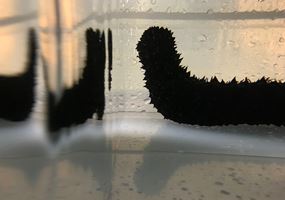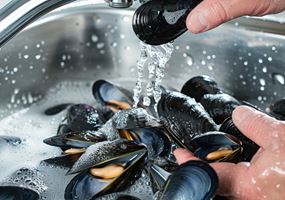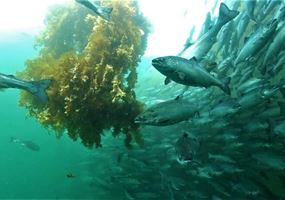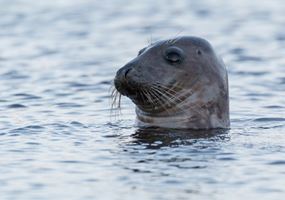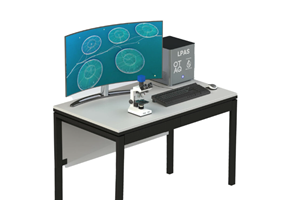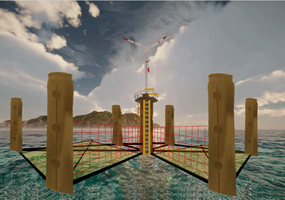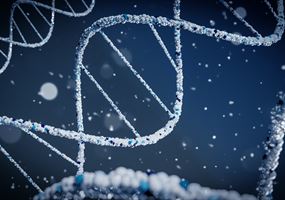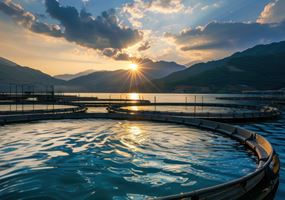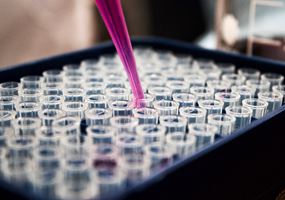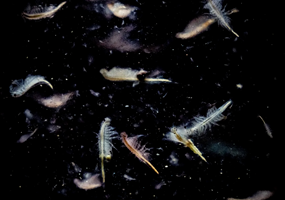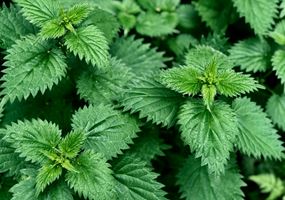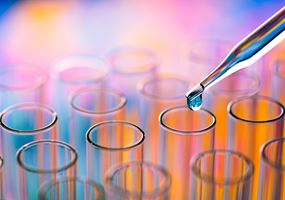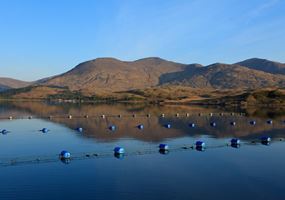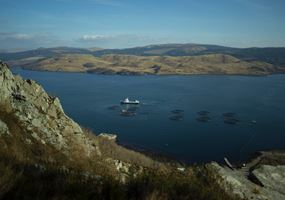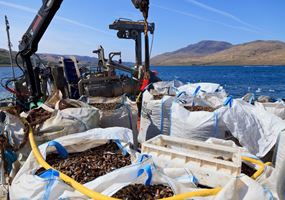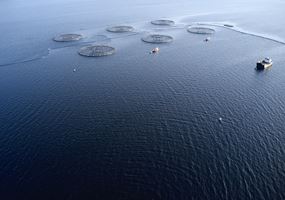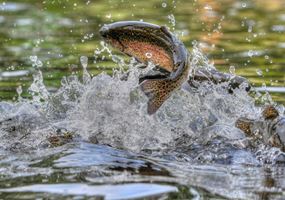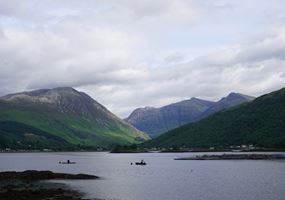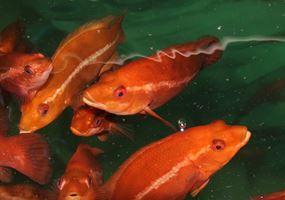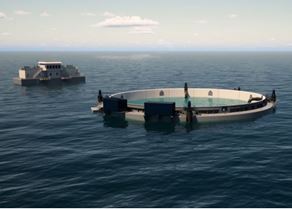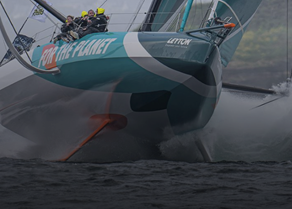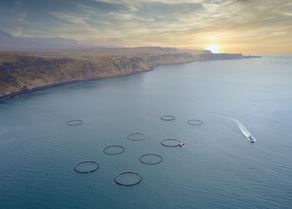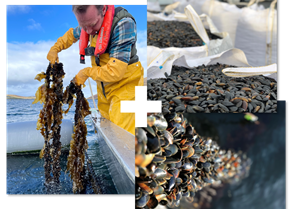Projects
We channel our resources into the areas that will benefit the Scottish aquaculture sector the most, including reducing its environmental footprint and increasing its economic impact.
Sign up to our Newsbites for project updatesThis project explored the development of a rapid and targeted monitoring system to he...
KelpRing is an innovative new product to support the successful use of cleaner fish (...
This project has provided evidence that there is no negative impact on non-target mar...
This project built and tested a Live Plankton Analysis System (LPAS) prototype that c...
Exploring a modular approach to renewable energy generation in conjunction with aquac...
Developing DNA-based metagenomic methodologies for seabed monitoring and aquaculture...
This project aimed to develop a rapid biomarker detection assay and mobile laboratory...
Total free sulphides as an indicator of aquatic health
This project explored ways to increase the availability of marine ingredients for the...
This project demonstrates that Atlantic salmon be grown on feeds with nettle inclusio...
This project aimed to optimise and validate best practices for the treatment of AGD a...
The 'WraAs OptiVacc' project set out to assess the efficacy of multivalent dip vaccin...
A reliable source of mussel spat; higher yields; increased export opportunities; and...
Developing a real-time modelling and prediction tool to minimise the impact of HABs o...
Increased productivity; higher yields; greater market share for the Scottish mussel s...
The rapid expansion of the salmon farming sector has been made possible through the a...
This project brings together a unique freshwater aquaculture partnership to improve t...
Understanding sea lice behaviour, dispersion and control is vital for promoting susta...
Increased harvest volumes of salmon and reduced reliance on medicinal controls, with...
Industry-academic collaborations
Some of our projects have a lifetime of less than one year, while others are longer-term, multi-partner collaborations of up to three and a half years. Each project unites industry know-how with specialist academic expertise; something that SAIC works hard to encourage by helping forge the necessary connections.
Priority innovation areas
Our work is focused on catalysing and co-funding innovation in the areas identified by the sector as being top priorities. We call them our priority innovation areas – or PIAs for short.
Over the years, the industry’s priorities for innovation have evolved. Therefore, so too have our PIAs. This helps ensure that we continue to deliver maximum benefit from the combined investment being made. SAIC's three PIAs are 1: Finfish health & welfare, 2: Unlocking sector capacity, and 3: Shellfish and other non-finfish species.
